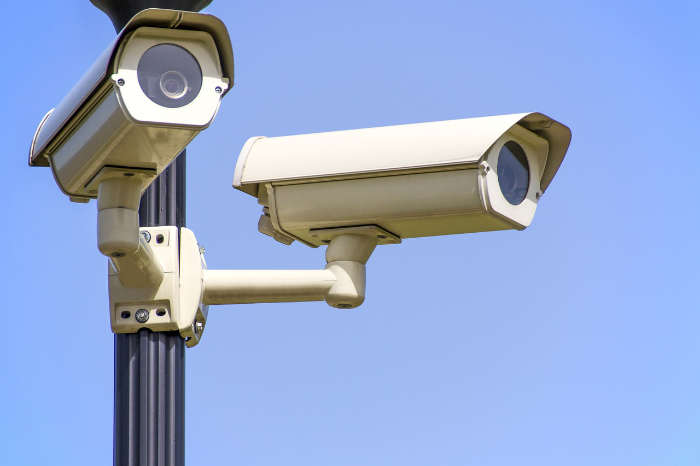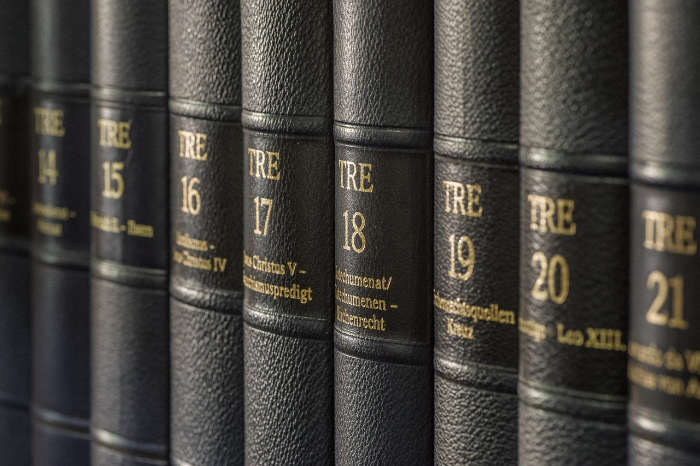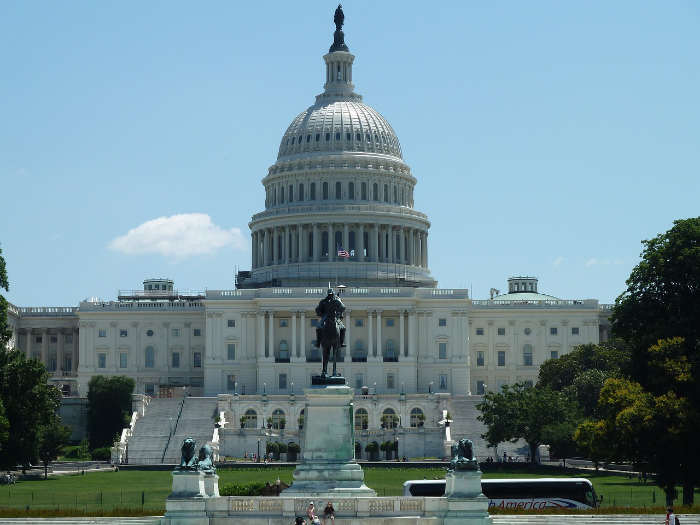Same Day Voter Registration States 2025
State | Allows Same Day Registration↓ | During Early Voting /In Person Absentee | On Election Day | Additional Details | |
|---|---|---|---|---|---|
 | California | An elections official may offer a nonprovisional ballot to a registrant if they first verify that the registrant is eligible, has not voted, and has not been included on a roster for that election in another county in the state. The election official must then update the voter's record to indicate that the voter has already voted. If these conditions do not apply then the voter is issued a provisional ballot. Checks are done through the statewide voter registration database (VoteCal) either through an e-poll book or by connecting to VoteCal at the office. If CVR occurs on Election Day, wherever it takes place, the elections official will wait until all polling place ballots are logged before counting a CVR provisional ballot. An elections official has until the close of the canvass to count or reject a CVR provisional ballot. | |||
 | Colorado | Voters must show a Colorado state driver’s license, ID card issued by the Department of Revenue or provide the last four digits of their Social Security number. A voter who does not have any of these forms of identification can indicate that on the registration form. A voter must also complete and sign a self-affirmation and affidavit. Colorado developed its own e-poll book system that is networked to communicate with the statewide voter registration database in real time. All jurisdictions have access to the system to check that a new registrant has not registered or voted in a different county in the same election. | |||
 | Connecticut | Proof of identity and residency is required. The applicant must appear in person at the location. Applicant must, under oath, declare they have not voted previously in the election. Registrars check the state-wide centralized voter registration system. The applicant will also sign the ballot envelope confirming they are eligible to vote in the election | |||
 | District of Columbia | Applicant must appear in person at the Board of Elections’ office. Applicant makes an oath and provides proof of residence and may provide any identification as required by federal, district, or board law/regulation including valid government ID, copy of current utility bill, bank statement, government check, pay check, or other documents specified by the board. E-poll books are networked and synchronized, and indicate if a voter has previously registered or voted. Voters who register on Election Day and cannot provide proof of residence must vote provisionally. | |||
 | Hawaii | To register, applicants must provide their Hawaii driver license, state ID, last four digits of their social security number, or voter ID, which will be confirmed when received by the clerk’s office. Applicant makes a sworn affirmation that they have not voted and are qualified to vote. Any applicant providing false information may be guilty of a Class C felony pursuant to state law. | |||
 | Idaho | Voters doing same-day registration are required to show a photo ID and proof of residence, i.e. a bill, bank statement, check stub, or any other document with their name and residence address within the precinct printed on it. Voters also complete an oath as prescribed by the secretary of state. | |||
 | Illinois | Two forms of identification with at least one showing current address. Driver’s license and university or collage ID can be one of the two, as can current utility bill, bank statement, pay check, government check, or other government document that shows name and address. Local election officials verify information of same-day registrants, usually after the election. If duplicate registrations and voting history are found, it would be up to each local official to provide that information to their local state’s attorney. If a voter is unable to provide the required identification would vote provisionally. | |||
 | Iowa | In order to register and vote on Election Day voters must show a current photo ID as well as current proof of residency. The applicant also completes a written oath. Counties do use e-poll books, but they are not connected to the statewide voter registration database. If a voter did register and vote at more than one location on election day it would be caught when vote credit is applied through the statewide voter registration database. Voting more than once is election misconduct in the first degree. | |||
 | Maine | If a voter registers to vote on Election Day, and can show proof of identity and residency, then they vote a regular ballot. If they don’t show satisfactory proof, then they vote a provisional ballot. Real-time registration is not available, but if a voter attempts to register and vote in more than one location, the local election official would be alerted when trying to enter voting history after the election in the statewide voter registration database. The voter would be referred for prosecution for dual voting if applicable. | |||
 | Maryland | During the early voting period, Maryland partners with the Motor Vehicle Administration to obtain the drivers licenses of those who are eligible to register, but aren't in the statewide voter registration database. An individual would supply their driver's license to register and vote. If the individual doesn't have a driver's license they would vote via provisional ballot. E-poll books are networked together during the early voting period, but not on Election Day. Individuals appearing at a polling place on Election Day must provide proof of residency. If the voter is a resident of the precinct and is qualified to register, the voter is issued a regular ballot. If the voter is a resident of the county but not the precinct and is qualified to register to vote, the voter is issued a provisional ballot. | |||
 | Michigan | An individual who applies to register to vote during this period must provide proof of residency in the city or township to vote a regular ballot. If an individual cannot provide proof of residency, the ballot is considered a provisional ballot and will be counted unless determined otherwise. | |||
 | Minnesota | Election Day registrants must provide proof of residence. Voting history and Election Day registrants are input simultaneously into the statewide voter registration database after the election. The system provides notifications if there is an indication that an individual voted before an Election Day registration, or if more than one Election Day registrations were input for the same individual. Data provided by an Election Day registrant is verified with the Division of Vehicle Services and/or the Social Security Administration, the Department of Corrections, and the Department of Public Safety. | |||
 | Montana | Local Election officials verify signatures and identification of voters. | |||
 | Nevada | A voter must provide a current and valid driver's license or identification card issues by the Department of Vehicles which shows his or her physical address. If that card does not have the elector's current residential address, other documents containing the elector's current residential address may be used to establish residency. During early voting, it must be verified that the elector is qualified to register to vote in order to cast a regular ballot, or the voter must cast a provisional ballot. Voters registering on Election Day are conditionally registered and must vote a provisional ballot. County and city clerks must establish procedures, approved by the Secretary of State, for carrying out final verification to determine whether a person who cast a provisional ballot was qualified to register cast the ballot in the election. | |||
 | New Hampshire | Voters must provide sufficient identification and proof of residency in order to receive a ballot. Those who present insufficient photo identification get their picture taken at the polls and sign an affidavit. New Hampshire sends letters with return post cards to all who sign affidavits on Election Day, and submits to the attorney general all who fail to return signed post cards or whose letters are returned marked “undeliverable.” After the election, New Hampshire runs a variety of checks to identify potential double voters. A check is conducted against the statewide voter registration database to identify those that may have voted elsewhere in the state, and the Interstate Crosscheck to identify those that may have voted out-of-state. If found, double voters are referred to the attorney general for enforcement. | |||
 | New Mexico | A voter looking to update their registration or register to vote and then during the same-day registration period must provide either: - A New Mexico driver’s licenses or ID card issued by the DMV. - Any document that contains a county address with a photo identification card. - Or a current valid student ID from a post-secondary school in New Mexico and a current student fee statement that contains a county address. If an early voting site does not have real-time access to the statewide electronic voter file, the voter will be issued a provisional ballot. | |||
 | North Carolina | Voters must attest to their eligibility and provide proof of residences. Within two business days of the person’s registration, the county board of elections will verify the registrant’s driver license or social security number, update the voter registration database, search for possible duplicate registrations, and proceed to verify the registrant’s address by mail. The registrant’s vote will be counted unless the county board of elections determines that he or she is not qualified to vote | |||
 | Utah | Voters may register to vote and vote via provisional ballot. Voters must provide valid voter identification and proof of residency, and the provisional ballot is counted at canvass if the voter has met the required qualifications. The ballot is not counted if the county clerk finds that the voter is not eligible for registration or not legally entitled to vote the ballot. | |||
 | Vermont | Vermont has the ability to conduct a post-election audit that would identify any individual who registered and voted in more than one town in the same election. The results of that report would be sent to the Attorney General’s office for investigation and prosecution. | |||
 | Virginia | Voters may register to vote and vote via provisional ballot, and the provisional ballot is counted at canvass if the voter has met the required qualifications. The ballot is not counted if the county clerk finds that the voter is not eligible for registration or not legally entitled to vote the ballot. | |||
 | Washington | ||||
 | Wisconsin | All individuals must provide both a proof of residency document and proof of identification document to register on Election Day. The statewide voter registration system provides notification to local election officials to prevent duplicate registration records, although that process happens only after the registration is entered into the system which is usually after Election Day. Voting at two locations on Election Day is a felony offense. | |||
 | Wyoming | Applicants may vote a regular ballot if they are able to provide proof of identity and residency. Otherwise they are required to cast a provisional ballot. Every county that utilizes vote centers has its e-pollbooks networked securely through a VPN and several layers of encryption. E-poll books are used to check whether a potential registrant has already voted elsewhere. | |||
 | Alabama | ||||
 | Alaska | ||||
 | Arizona | ||||
 | Arkansas | ||||
 | Delaware | ||||
 | Florida | ||||
 | Georgia | ||||
 | Indiana | ||||
 | Kansas | ||||
 | Kentucky | ||||
 | Louisiana | ||||
 | Massachusetts | ||||
 | Mississippi | ||||
 | Missouri | ||||
 | Nebraska | ||||
 | New Jersey | ||||
 | New York | ||||
 | North Dakota | ||||
 | Ohio | ||||
 | Oklahoma | ||||
 | Oregon | ||||
 | Pennsylvania | ||||
 | Rhode Island | ||||
 | South Carolina | ||||
 | South Dakota | ||||
 | Tennessee | ||||
 | Texas | ||||
 | West Virginia |
Voting is one of the most fundamental rights we as a people in the United States of America have. Though registering to vote may seem like it should come as second nature, some voters simply cannot register before election day or have other road blocks that have halted their ability to register. In these cases, some states do allow for voters to both register and vote on the same day.
States That Have Same Day Voter Registration:
There are 20 states in all, including the District of Columbia, that allow voters to register the same day that they vote.
- Maine
- Washington State
- Minnesota
- Wisconsin
- Michigan
- Idaho
- Wyoming
- Iowa
- Illinois
- Connecticut
- Nevada
- Colorado
- Maryland
- Washington D.C.
- California
- Utah
- New Mexico
- Hawaii
- Montana (only during early voting period)
- North Carolina (only during early voting period)
How Same Day Registration Works
Though each state may have its own specific rules, there are some requirements that apply to all the states listed here. The first is that voters must prove that they live in the state that they are registering in. This means that if you live in a state that does not allow for same day voter registration, you cannot simply go to a state that does and register and then vote. In most states, a current and up to date driver’s license is all that you need to prove where you live. In other states, you may be able to bring in things like paychecks or utility bills with addresses clearly printed to suffice. In a few states, you may also be able to bring a currently registered voter to vouch about where you live.
The other thing that you are going to need is voter ID. This means you are going to have to bring some form of official documentation that proves your identity. Some states require that you bring in a photo ID while others will take an issues ID that does not have a photo. It is important that before you do go to try to register the same day you vote, that you do take the time to find out what requirements are in place for your state and for where you are trying to register.
Special Requirements by State
In the state of Colorado voters must provide a copy of their Colorado state driver’s license and are required to sign a self-affirmation affidavit. In California a voter may be required to fill out a non-provisional ballot or a provisional ballot based on their voter status. In Connecticut the voter must swear under oath that they have not voted elsewhere. In D.C. the voter must appear before the Board of the Election’s Office. Hawaii requires the last four digits of your social security number and your current state driver’s license.
In Illinois, you have to provide two forms of identity with one at least that shows your address. In Nevada, a current driver’s license is required as well as requiring the voter to file a provisional ballot until their registration is complete. In the majority of states, someone that is registering the same day to vote is going to file a provisional ballot that states that they have decided to register and vote in. A provisional ballot serves as a flag of sorts so that officials can keep track of the ballot and can later determine if the voter was truly eligible or not and can remove the ballot if there is an issue.



















